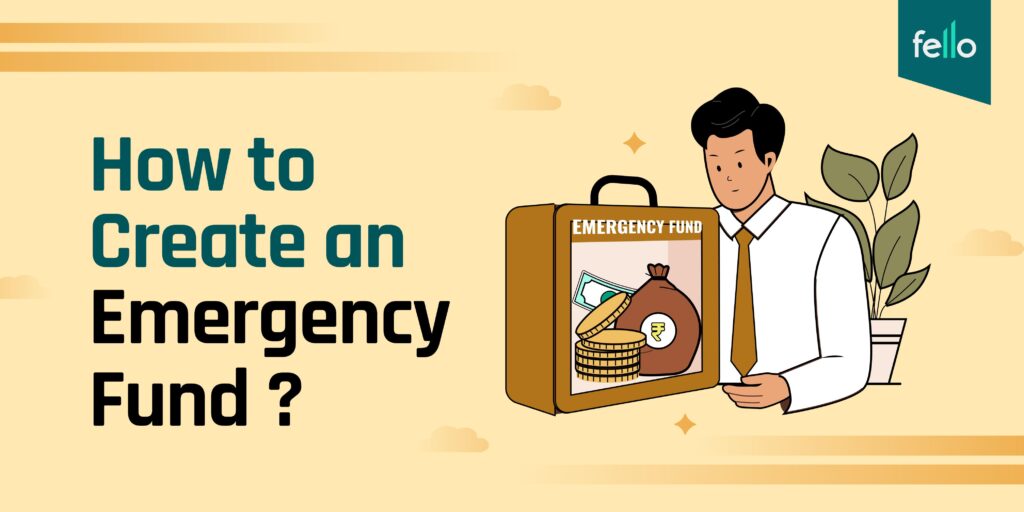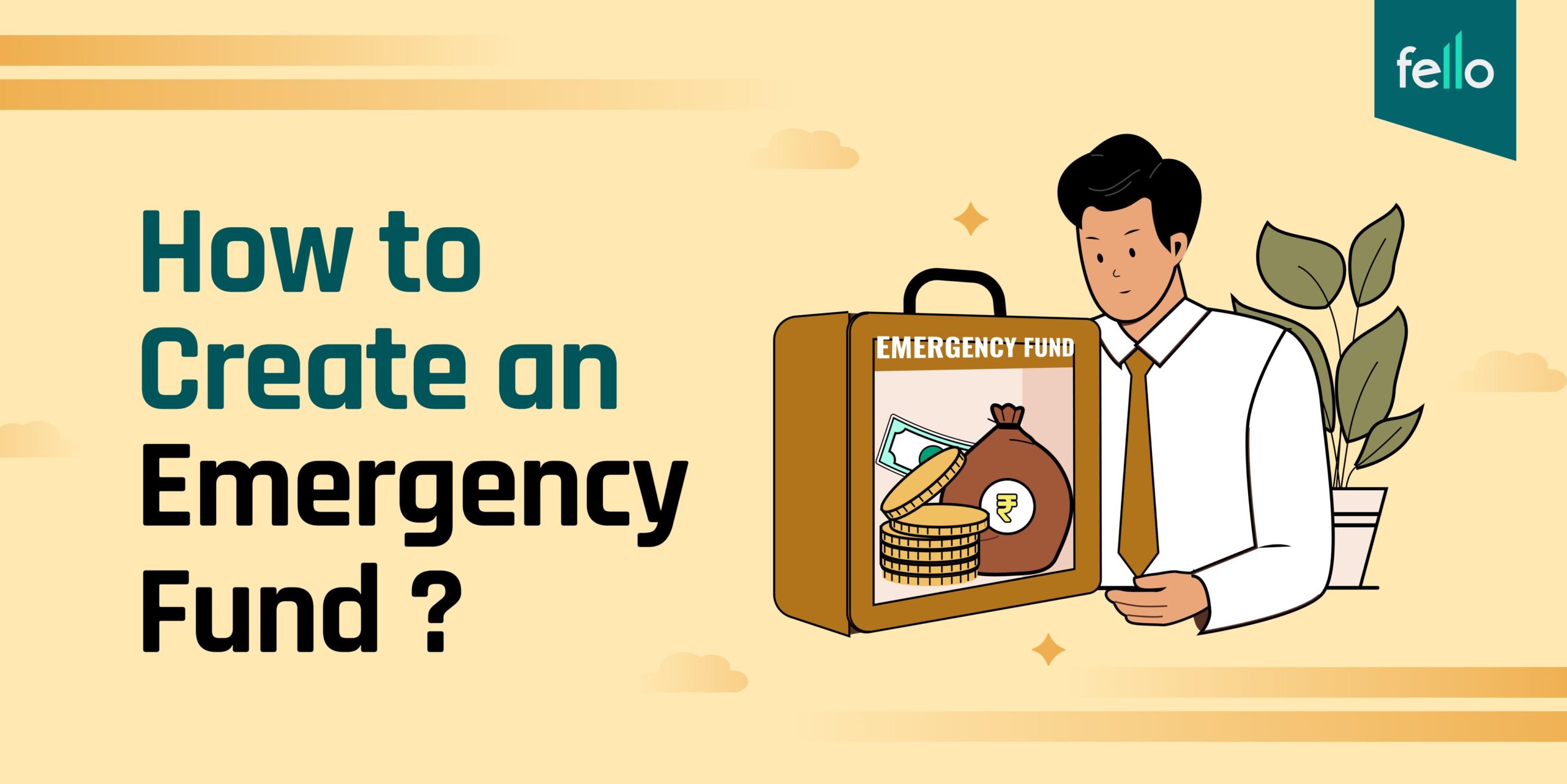Learn how to build and grow your emergency fund in 2025 with smart budgeting, savings tips, and financial planning strategies.

How to Build an Emergency Fund in 2025
In today’s world of economic uncertainty, one of the most important steps in securing your financial future is building a strong emergency fund. Whether it’s a medical crisis, sudden job loss, or an unexpected home repair, an emergency fund provides peace of mind and financial protection.
So, how do you build one in 2025? Let’s break it down.
What is an Emergency Fund?
An emergency fund is money set aside to cover large, unexpected expenses or financial emergencies. It’s your personal financial safety net that protects you from going into debt during tough times.
Unlike investments or retirement accounts, emergency funds should be easily accessible and not subject to market risk. Think of it as a buffer between you and life’s unpredictable moments.
Why You Need One in 2025
With inflation, job market shifts, and rising healthcare costs, the need for financial preparedness is more important than ever. According to recent surveys, 60% of Americans wouldn’t be able to cover a $1,000 emergency with savings.
That’s why 2025 is the year to take control and build a fund that can help you stay afloat when life throws a curveball.
How Much Should You Save?
A good rule of thumb is to save 3 to 6 months of living expenses. For example, if your monthly bills and necessities cost you $2,500, your emergency fund should be between $7,500 and $15,000.
If that sounds overwhelming, don’t worry. Start small. Your first goal could be $500, then $1,000, and work your way up. What matters most is starting now and being consistent.
Step-by-Step Guide to Building Your Emergency Fund
1. Set a Realistic Goal
Set a specific target. Maybe your goal is $3,000 by the end of the year. Break it down monthly or weekly so it feels more achievable.
2. Create a Separate Account
Open a dedicated high-yield savings account for your emergency fund. Keeping it separate reduces the temptation to spend it.
3. Automate Your Savings
Set up automatic transfers every payday. Even $50 per week adds up to $2,600 in a year—without lifting a finger.
4. Cut Unnecessary Expenses
Cancel unused subscriptions, cook meals at home, and track your spending. Redirect the savings toward your emergency fund.
5. Use Windfalls Wisely
Got a bonus, tax refund, or cashback? Resist the urge to splurge. Put a portion—or all—into your fund.
6. Earn Extra Income
Freelancing, part-time gigs, or selling unused items can help you reach your savings goal faster.
Where to Keep Your Emergency Fund
Avoid investing your emergency fund in stocks or real estate—it needs to be liquid. Instead, use:
- High-yield savings accounts
- Money market accounts
- Certificates of Deposit (CDs) with no penalties for early withdrawal
These options offer better interest than regular savings accounts while still giving you quick access to your money.
When to Use Your Emergency Fund
Only tap into your emergency fund for real emergencies, such as:
- Sudden medical bills
- Car repairs
- Job loss
- Urgent home repairs
Avoid using it for vacations, shopping, or other non-essential expenses.
Mistakes to Avoid
- Starting too late: Procrastination kills progress.
- Mixing it with daily expenses: Keep it separate.
- Dipping into it for non-emergencies: Be disciplined.
Final Thoughts
Building an emergency fund in 2025 isn’t just smart—it’s necessary. Start small, be consistent, and stay committed. In a few months, you’ll have a financial cushion that gives you security and confidence.
Remember, life is unpredictable—but your finances don’t have to be.

